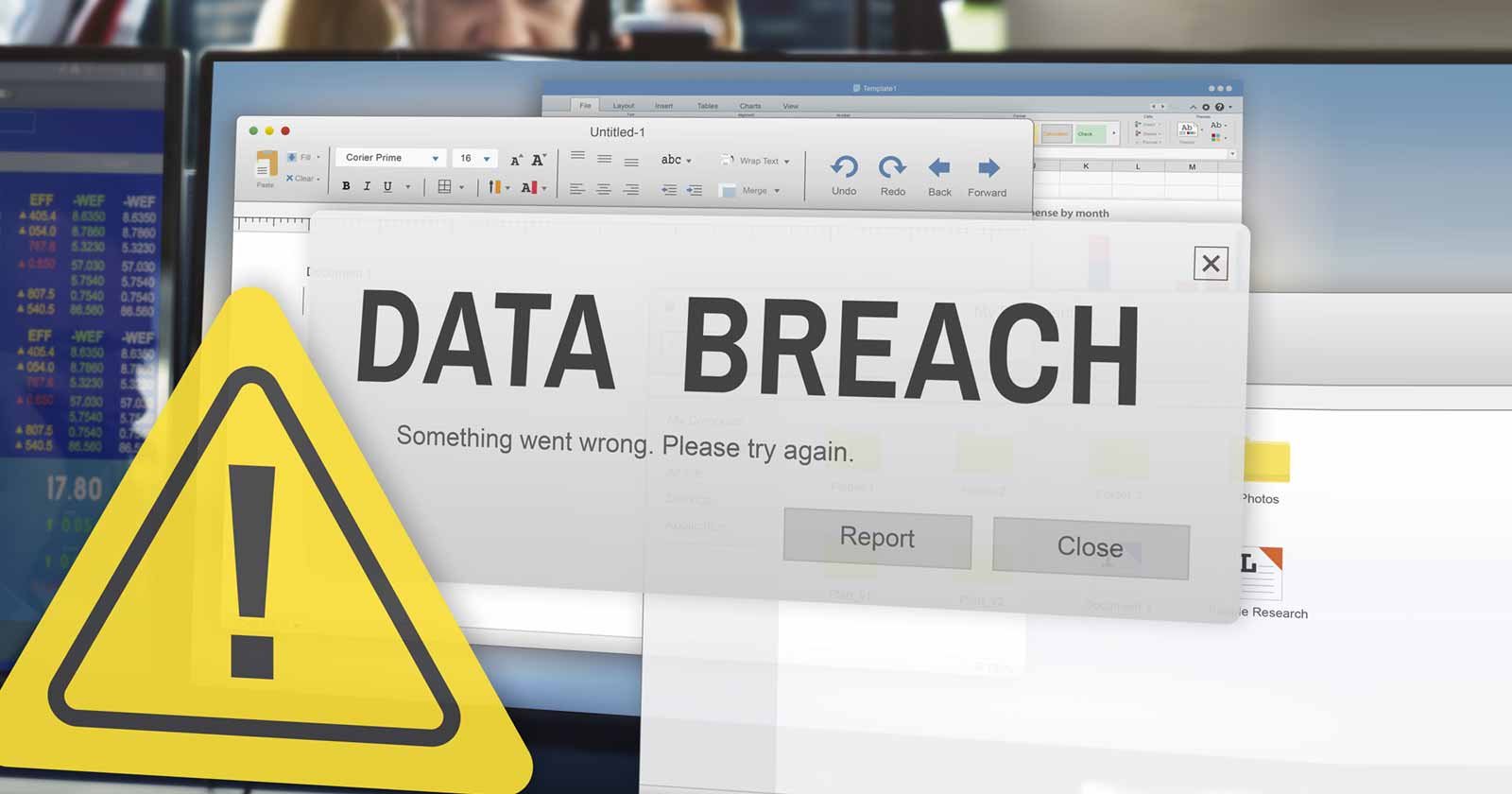How to Handle Non-Malicious Data Breach - Course Monster Blog

It’s easy to believe that most, if not all, data breaches are malicious. Attackers must strike on intentions. However, over two-thirds of data breaches are the result of human error rather than malicious intent. According to Ponemon’s Cost of Insider Threats Report, careless workers cause around 62% of security incidents, costing an average of $307,111 per event.
You could also believe that unexpected breaches would be less dangerous. Insider data breaches may cost up to 20% of annual sales, according to a study done by Aberdeen and commissioned by Code42. Regardless of the cause of the attack, the impact may be comparable. However, the best approach to handle a non-malicious breach differs from the best way to handle a malicious breach.
What Is a Non-Malicious Data Breach?
A non-malicious data breach happens when an employee makes a mistake and creates a breach. Non-malicious attacks, as compared to malicious attacks, in which an insider utilizes their access to create damage, are usually the result of an accident or negligence.
For example, if an employee clicks on a phishing email, the network may get attacked with ransomware. Breaches can also occur when an employee accidentally exposes data that is eventually taken. Perhaps an employee accidentally sends an email to the wrong person, as shown by the 2022 Psychology of Human Error Study, which indicated that 58 percent of employees have done it at work.
How Should Businesses Respond?
An insider breach may not be found for days or months after the attack. And how they react might set the tone for future employees to come forward. Employees may be unaware that they committed a mistake or may be afraid to inform management. Every day that a corporation is unaware of the breach causes additional damage.
Companies must develop a culture in which workers feel comfortable acknowledging that they may have participated in a breach. After all, it can help minimize the damage. Employees made mistakes that resulted in breaches due to distraction, stress, and tiredness, according to the 2022 Psychology of Human Error Study. When businesses respond negatively to a non-malicious breach, it can add to the stress. This just increases the likelihood of future problems.
According to the report, 43% of respondents have committed work mistakes that have compromised cybersecurity. However, age contributed to employees acknowledging that their mistakes may have compromised cybersecurity. 50% of employees aged 18 to 30 stated they would accept mistakes, compared to 10% of those over the age of 51. Taking this tendency into account, you might work with older employees to ensure that they feel comfortable approaching management about possible breaches.
When a breach happens, executives should appreciate the employee for warning them of the possible issue. Assure them that everyone makes mistakes. By keeping the employee’s identity hidden, other employees will be more likely to come forward in the future. After all, they won’t be concerned about public humiliation or blame from employees. Following that, the organization should collaborate with the employee to acquire all of the specifics of the breach. This allows them to limit the breach and restore any damage as effectively as possible.
Should Businesses Announce an Accidental Data Breach?
One of the most important aspects of managing a breach is communicating with the media and affected customers. When your organization gets breached, one of the most serious consequences is that customers and potential customers lose faith in your brand. According to the Institute for Public Relations, businesses should apologize as soon as the breach becomes public. Additionally, they advocate for companies to be transparent. If clients learn more details from another source, they will be far more able to recover trust.
Internal Changes to Make After a Non-Malicious Breach
So you’ve prevented the breach and started the recovery process. What will be the next step? First, analyze why the breach happened. Next, consider how to reduce the likelihood of non-malicious breaches in the future. With non-malicious breaches, many companies skip this step. It is much more important in these types of breaches because the issue was caused by a human error rather than an attacker.
Here are two usual improvements made by businesses after non-malicious breaches:
- Training – Analyze your current training to see whether you need to add extra information in a given area. Assume that the breach was caused by spamming. You may need to review your examples and warning signals before clicking on links. You should also consider the frequency with which you train. Instead of once-a-year training, many organizations decide to increase the frequency of cybersecurity training and search for methods to include it in employee interactions.
- Tools – Analyze your current cybersecurity tools to see whether you need to add any more to help prevent the sort of error that caused the breach. By using tools and training, you can usually minimize errors that lead to breaches. Phishing technologies, for example, that analyze links in emails and alert employees to possible vulnerabilities, can help reduce non-malicious breaches.
Employees frequently conceive of a breach in a single category. Non-malicious breaches, on the other hand, are kind of different. Leaders may create a culture in which people feel responsibility for cybersecurity and are comfortable acknowledging mistakes by taking a careful approach to the first reaction and long-term changes.
Here at CourseMonster, we know how hard it may be to find the right time and funds for training. We provide effective training programs that enable you to select the training option that best meets the demands of your company.
For more information, please get in touch with one of our course advisers today or contact us at training@coursemonster.com




Comments ()